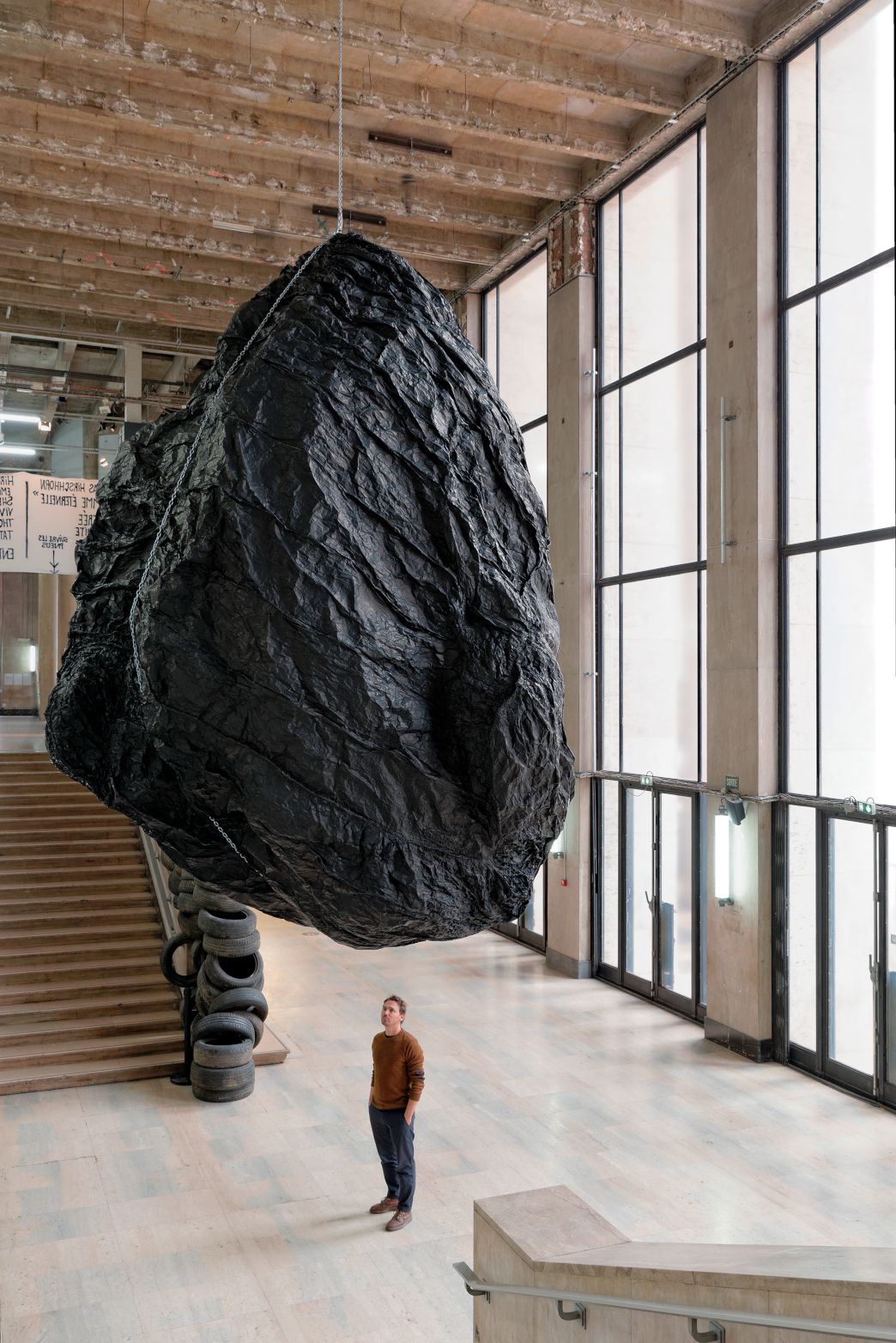Bio
I am an educator, writer, and activist. I teach in all areas of philosophy, I write about art, culture, and politics, and I believe that, more than just interpreting the world, the point is to change it. My pronouns are he/him. I received my PhD from the University of Essex for a dissertation on personal autonomy and its aesthetic preconditions. Currently, I am a board member of the Dutch Society for Aesthetics, as well as co-editor-in-chief for Aesthetic Investigations. Aside from that, I am active in the Dutch housing movement at WoonProtest Utrecht. In my spare time, I enjoy cycling: I love watching the pros on TV, but I can also be found braving the ‘alto de Amerongse Berg’ in the Utrechtse Heuvelrug.
If you would like to stay updated, please subscribe to my RSS feeds via the icon in the upper right. The feed that is linked to is specified according to the category page that you are on, while the icon for this page links to a feed for all updates (publications and blogs).

Interests
Throughout all my activities, I am fascinated and motivated by human autonomy. What does it take to live your own life? I am convinced that, aside from having the capacity to do what they want, truly autonomous persons also have the capacity to stop doing what they think they want and ask themselves whether they would not rather be doing something different. If that is so, there is an interesting tension between autonomy as an active capacity (doing what you want to do), and autonomy as a passive, contemplative activity (not assuming that you already know what you want to do). In my work, I explore the possibility that living autonomously might simply mean: being able to negotiate this tension in a fruitful way.
In my intellectual journey, some of the philosophers that inspire me most are Theodor W. Adorno, Ernst Bloch, Ludwig Wittgenstein, Rosa Luxemburg, and W.E.B. Du Bois.